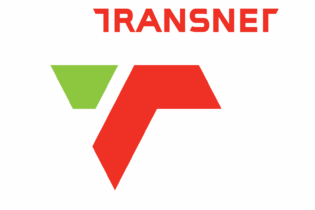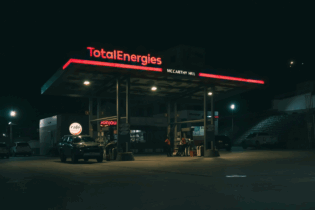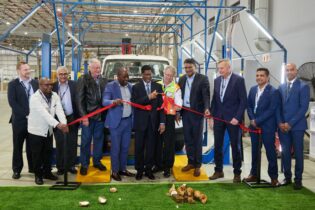Open-pit mining is always a massive undertaking. And, as with all things which we tend to simplify, it is not just a big hole in the ground. There’s quite a science involved, as Duncan A Bullivant explains.
Ore bodies come in all shapes and sizes – pipe-shaped, vein-type, steeply dipping, stratified or irregular. Open-pit mining, which is quite different from strip mining, is often the most economical method of removing ore for further processing. It is a massive earthmoving exercise that usually takes the form of a cone-shaped excavation but, depending on the size and shape of the ore body, it could be any shape. Palabora copper, Mamatwan and Sishen iron-ore, and Venetia, Koffiefontein and Finsch diamond mines are prime examples of the diversity of open-pit mines in South Africa.Excavation usually involves preparation by first loosening up the earth using the standard drill and blast method. Then, using a dragline excavator, a bucket wheel excavator or a hydraulic excavator to dig, scoop and dump ore onto a conveyor belt or into tipper trucks, the mined material is transported to the next processing stage. This makes the process cyclic, therefore enabling higher levels of efficiency. Since no room is available to dump waste within the pit, it is dumped outside the mined-out area but as close to the edge of the pit as possible so as to minimise transport costs, and for use in any later mine rehabilitation project. Pit design
Benches are normally excavated between 2 and 15 m in height, in stacks of three or four, between which a crest is placed for the haul road. The more benches in a stack, the greater he road gradient. Benches have a steeper face angle, approximately 35o, while the stack and overall slope angle is approximately 45o. This is to prevent slope failures.
Transport costs
Mineral, and especially waste transport, costs comprise the greatest amount of an open-pit mine’s working costs. To reduce this cost aspect, especially when the pit gets deeper, the following options are possible:
• In-pit crushers, together with a conveyor belt, instead of truck transport. (a continuous transport system (conveyor belt) is usually much cheaper in terms of R/t hauled), can be installed at a steeper angle, thereby saving stripping costs by virtue of reduced stripping ratio.
• Trolley-assist on the main haul road. (electrical power supply to trucks) – faster trucks, steeper roads for cheaper R/t costs .
• Computerised truck dispatch – more efficient use of trucks .
• Steeper bench slope angles (in other words, a reduced stripping ratio) where stability allows them – especially at the bottom of the pit when the life of the mine approaches end.
Production rates and strategic reserves, together with the R/$ exchange rate, should drive the regular trade-off analysis between the two systems, which, given the need to minimise costs, should be regularly reviewed. Reference
Duncan A Bullivant, Current Surface Mining Techniques, Journal for the Transportation of Materials in Bulk: Bulk, Solids Handling, vol 7, n6, December 1987, pp827-833.







